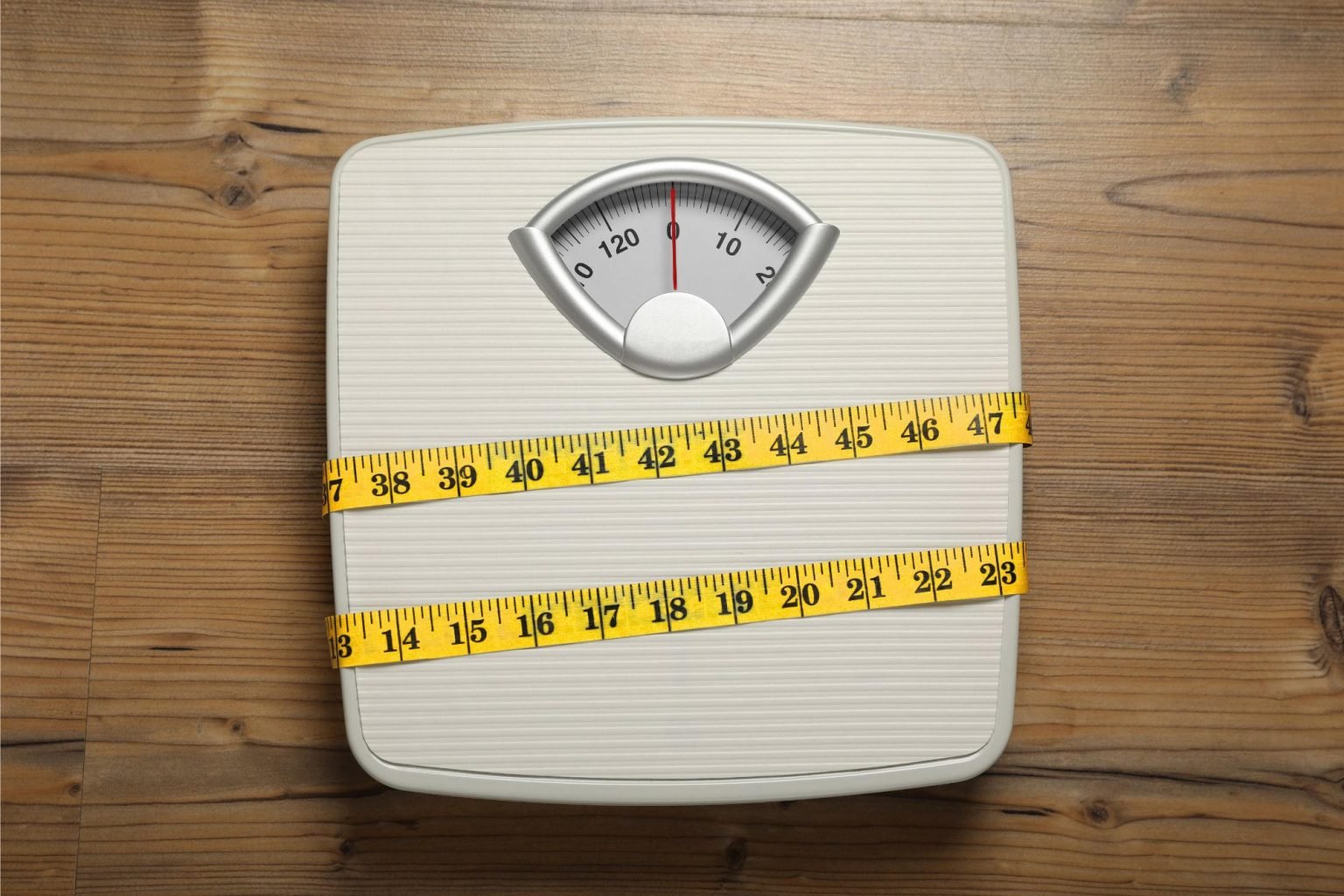For years, Body Mass Index (BMI) has been the go-to measurement for determining whether someone is underweight, normal weight, overweight, or obese. However, BMI is deeply flawed, often leading to misleading classifications. It fails to distinguish between fat and muscle, ignores fat distribution, and does not consider individual health factors like age, gender, and metabolic rate.
Surprisingly, a 2,000-year-old discovery from ancient Greek medicine offers a far more effective and accurate method for assessing body fat—one that modern science now backs as superior.
The Problem with BMI
BMI was introduced in the 19th century by Adolphe Quetelet, a Belgian mathematician, not a medical expert. His goal was to find a quick way to categorize population health, not to diagnose individuals. Yet, it remains the standard despite its major flaws:
Why BMI Fails as a Health Indicator
1️⃣ Doesn’t Differentiate Between Fat and Muscle – A bodybuilder and a sedentary person with the same height and weight will have identical BMIs, even though their health profiles are vastly different.
2️⃣ Ignores Fat Distribution – BMI treats all fat the same, yet visceral fat (fat around organs) is far more dangerous than subcutaneous fat (fat under the skin).
3️⃣ Inaccurate for Many Body Types – Women, men, children, and older adults store fat differently, but BMI applies the same standards to all.
4️⃣ Overlooks Metabolic Health – A person with a normal BMI can still have high cholesterol, high blood sugar, and excess visceral fat, increasing disease risk.
Scientific Evidence Against BMI
Recent studies confirm BMI’s lack of accuracy:
✅ Nearly 50% of people labeled “obese” by BMI are metabolically healthy (high muscle mass, low visceral fat).
✅ More than 30% of people with a “healthy” BMI have high visceral fat and metabolic issues (“skinny fat” syndrome).
✅ A 2016 study in the International Journal of Obesity found BMI misclassifies nearly 75 million Americans’ health status.
The 2,000-Year-Old Alternative: Waist-to-Height Ratio (WHtR)
Ancient Greek physicians, particularly Hippocrates, observed that abdominal obesity was a more reliable predictor of health risks than weight alone. Modern researchers now validate this concept through the Waist-to-Height Ratio (WHtR).
How WHtR Works
🔹 Formula: Waist Circumference (cm) ÷ Height (cm)
🔹 Ideal Range: A WHtR below 0.5 indicates a lower risk of obesity-related diseases.
Why WHtR Is More Accurate Than BMI
✅ Focuses on Belly Fat (Visceral Fat) – Excess fat around the abdomen is linked to heart disease, diabetes, and early death.
✅ Works Across Age, Gender, and Ethnicities – Unlike BMI, WHtR adapts to different body compositions.
✅ Easy to Measure at Home – No need for complex calculations—just a measuring tape!
✅ Strongly Predicts Heart Disease, Stroke, and Diabetes – A 2017 study found that WHtR is twice as effective as BMI in predicting these conditions.
How to Measure and Interpret WHtR
1️⃣ Measure Your Waist Circumference – Wrap a tape measure around your waist, just above your navel.
2️⃣ Measure Your Height – Stand straight and record your height in the same unit (cm or inches).
3️⃣ Calculate WHtR – Divide your waist size by your height.
WHtR Health Categories
📉 WHtR < 0.5 – Low risk, healthy fat distribution
⚠️ WHtR 0.5 – 0.6 – Moderate risk, consider lifestyle changes
❌ WHtR > 0.6 – High risk, increased chance of metabolic diseases
Why You Should Ditch BMI and Use WHtR Instead
🔹 More Accurate for Different Body Types – Athletes, elderly individuals, and those with varying muscle/fat compositions get realistic health insights.
🔹 Identifies “Hidden Obesity” – Thin individuals with high visceral fat can detect their risk early.
🔹 Predicts Disease Risk Better – Research shows WHtR correlates strongly with heart disease, stroke, and type 2 diabetes.
Final Thoughts: The Future of Body Fat Measurement
It’s time to stop relying on BMI, an outdated and misleading tool, and adopt Waist-to-Height Ratio (WHtR) for a smarter approach to body fat assessment and disease prevention.
Take Action Today!
✔ Measure your WHtR – Grab a measuring tape and check your ratio.
✔ Focus on reducing belly fat – Prioritize a balanced diet, strength training, and cardio.
✔ Spread the word – Encourage friends and family to shift from BMI to WHtR for better health tracking.
By using a 2,000-year-old wisdom backed by modern science, we can move beyond BMI and embrace a more accurate, personalized approach to health.

















+ There are no comments
Add yours